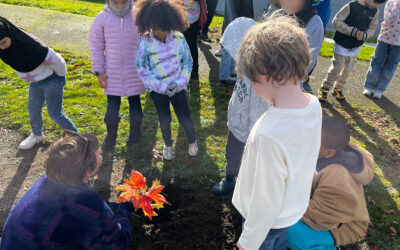Many elementary teachers struggle to fit science into their busy daily instructional schedule. Read-alouds offer the potential to integrate science into the literacy block and offer to integrate language and literacy into science instruction. Unfortunately, many science-specific texts in an attempt to appeal to ‘all’ learners represent science content devoid of interesting storylines or authentic representations of communities (Kelly, 2018). Justice-oriented science learning should portray humans as ‘a part of’ rather than ‘apart from’ the natural world (Learning in Places, 2024). Texts have the potential to represent windows and mirrors of students’ lived experiences. What is more, they can “draw on students’ linguistic and cultural resources is essential to helping [students] navigate life in a diverse world, in addition to supporting them in meeting demands of academic content areas as they advance through school” (WIDA English Language Development Framework, 2020, page 18).
As teachers plan which texts to use and how to use them, they need tools to support their work. This set of resources help teachers select and analyze read-aloud texts that align with their science learning goals, center robust language and literacy practices, and leverage students’ assets. Furthermore, the resources help teachers identify strengths and opportunities for criticality as they plan how to use science texts in their classrooms from justice, equity, and inclusion perspectives.









 This site is primarily funded by the National Science Foundation (NSF) through Award #1907471 and #1315995
This site is primarily funded by the National Science Foundation (NSF) through Award #1907471 and #1315995